
Speaking at the meeting, National Assembly delegate Nguyen Thi Lan acknowledged many new points of the National Assembly's Draft Resolution on specific mechanisms and policies to implement Resolution No. 71-NQ/TW dated August 22, 2025 of the Politburo on breakthroughs in education and training development.
In particular, the human resource development mechanism is designed to be more flexible. The Director of the Department of Education and Training is given more initiative in managing the team; vocational training institutions and universities are given more autonomy in personnel. Along with that, the system of teacher remuneration policies is improved in a more practical direction, from preferential allowances of 70%-100% to the mechanism of autonomy in spending additional income. Delegates assessed this as an important innovation, both removing long-term obstacles and improving the lives and status of the teaching staff.
The Draft Resolution has demonstrated strong innovation in the development of educational programs and services. The adoption of advanced international programs through simplified procedures, free textbooks according to the roadmap, and free tuition for national defense and security education are humane policies, suitable for integration requirements and reducing the burden on learners.
In addition, policies on science and technology, innovation and investment create a foundation for long-term development. Allowing capital contribution by intellectual property, forming spin-off enterprises, expanding cooperation with enterprises, along with investment and land fund priorities will help educational institutions - especially universities - become centers of innovation and have more resources for sustainable development.
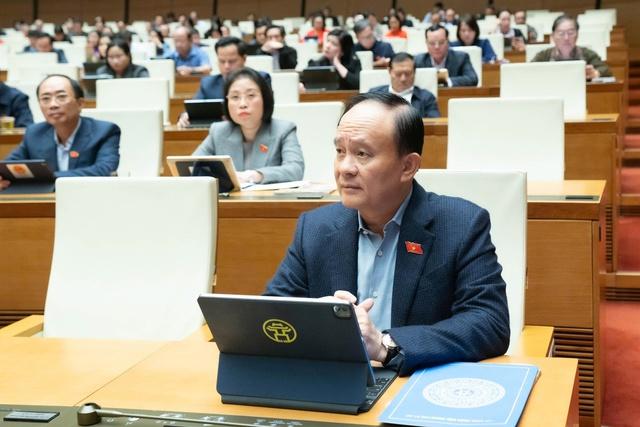
Human resource development for agriculture and essential industries is facing many difficulties in attracting learners.
However, along with the positive new points, delegate Nguyen Thi Lan emphasized a strategic and urgent issue today: developing human resources for the agricultural sector and essential industries that are facing many difficulties in attracting learners.
According to the delegate, the draft Resolution has designed mechanisms to give priority to culture, arts, health and other specific fields (stipulated in Article 2, Clause 3), but there is still a very important policy gap: the agriculture, forestry and fishery sector is seriously lacking high-quality human resources and needs to be given strategic priority.
Reality over the past years has shown that many of the core sectors of agriculture such as soil science, crop science, animal husbandry, plant protection, agricultural economics and business, rural development, agricultural extension; natural disaster prevention, or fisheries and forestry sectors... are all finding it very difficult to attract young human resources, despite the huge demand from society and businesses. Important sectors such as post-harvest technology or water resources engineering are also in a similar situation.
These are all industries that play a particularly important role in food security, climate change adaptation and sustainable agricultural development. However, due to the nature of the difficult jobs, unattractive incomes and lack of strong enough policies, these industries have not created enough attraction for students.
Propose to add preferential mechanisms such as scholarships and preferential credits by industry
According to Quochoi.vn, while international experience shows that many countries such as Korea, Singapore, Israel, Australia or the European Union have applied very effective solutions such as targeted scholarships, job commitments, training orders, career allowances, close connections with businesses and repositioning the image of the profession. When there are strong and long-term policies, less attractive industries can still attract a large number of learners and meet social needs well.

The draft currently has a credit policy for students and scholarships for postgraduates, but there is no separate support mechanism for essential sectors that are having difficulty attracting human resources, especially agriculture, forestry, fisheries or water resources. This is a policy gap that needs attention.
Therefore, delegate Nguyen Thi Lan proposed adding priority mechanisms such as targeted scholarships, preferential credits by industry, training orders and strong investment in laboratories and practice models, while strengthening cooperation between schools and businesses to increase attractiveness and ensure output for learners.
Proposal to supplement the mechanism for forecasting national human resource needs by industry
In addition, delegates proposed to supplement the mechanism for forecasting national human resource needs by industry. Currently, the scale of training still relies heavily on spontaneous market signals, leading to supply-demand imbalance. There are groups of industries that attract a large number of learners but the absorption capacity of the labor market is limited, while many essential fields serving food security, resource management, natural disaster prevention and sustainable agricultural development are lacking high-quality human resources.
Experiences from the EU, South Korea and Singapore show that a national system of forecasting human resources by industry and occupation is very effective in adjusting the scale of training. Therefore, it is necessary to assign the Government to develop and periodically publish a national human resource forecast to guide training and allocate resources appropriately.
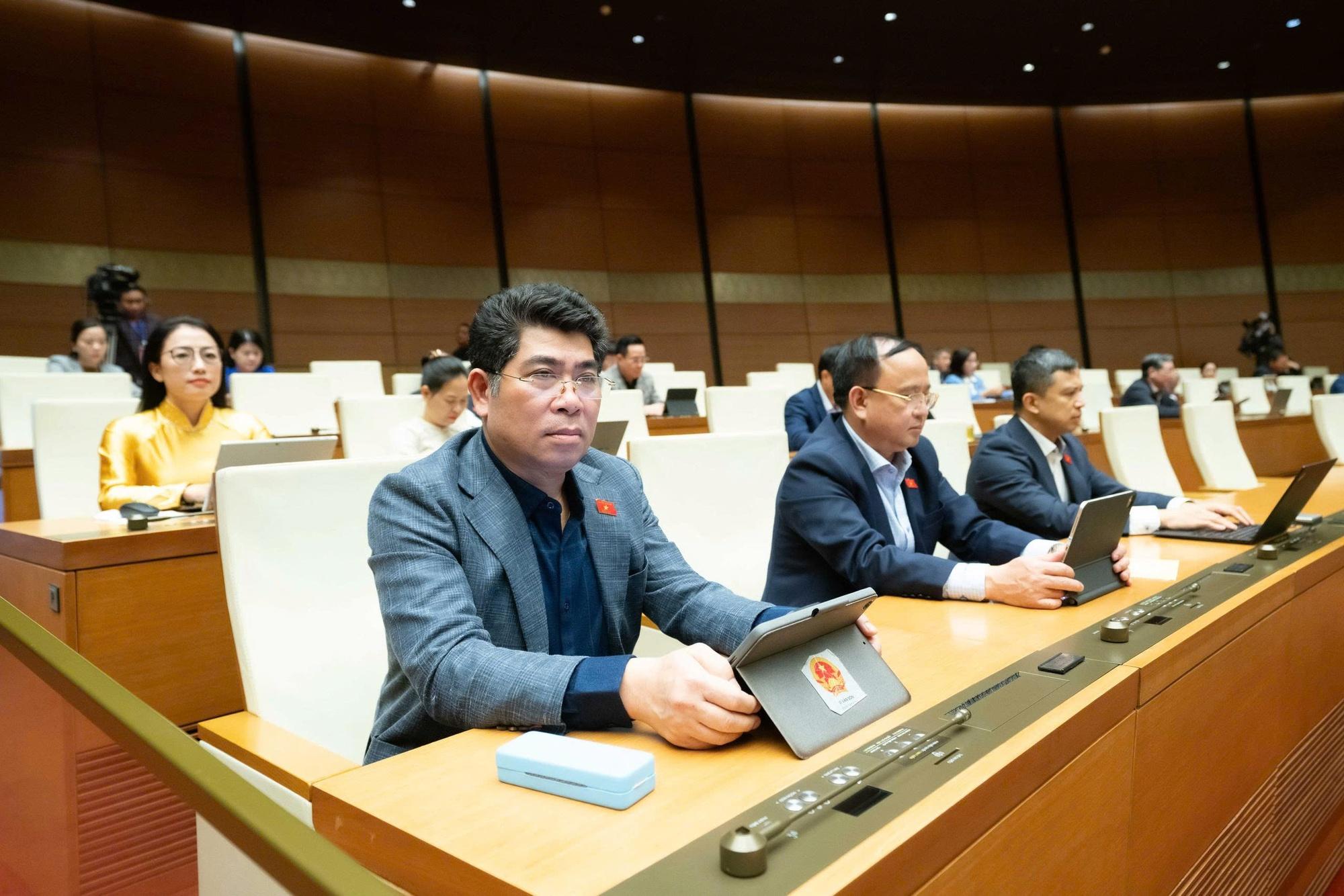
Delegate Nguyen Thi Lan expressed hope that the draft Resolution with its strong innovations and long-term vision, when approved and implemented by the National Assembly, will create an important foundation for education and training to make a breakthrough, while ensuring high-quality human resources to serve the country's development, especially in the agricultural sector - the mainstay of the economy./.
Updated on November 21, 2025
Source: https://laichau.gov.vn/tin-tuc-su-kien/chuyen-de/tin-trong-nuoc/can-co-chinh-sach-thu-hut-nguoi-hoc-de-phat-trien-nhan-luc-cho-linh-vuc-nong-nghiep.html













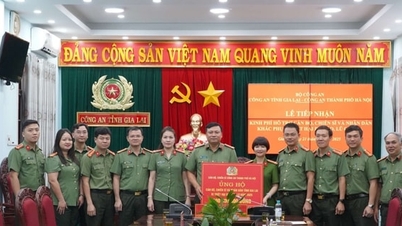










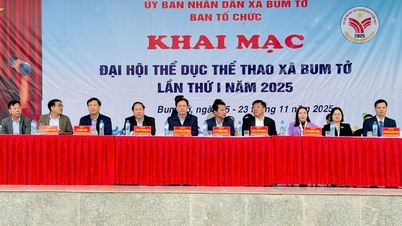

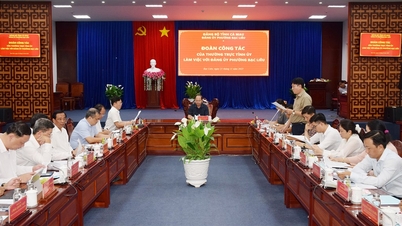









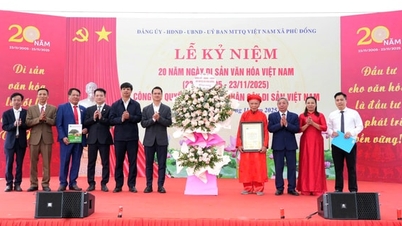



































































Comment (0)